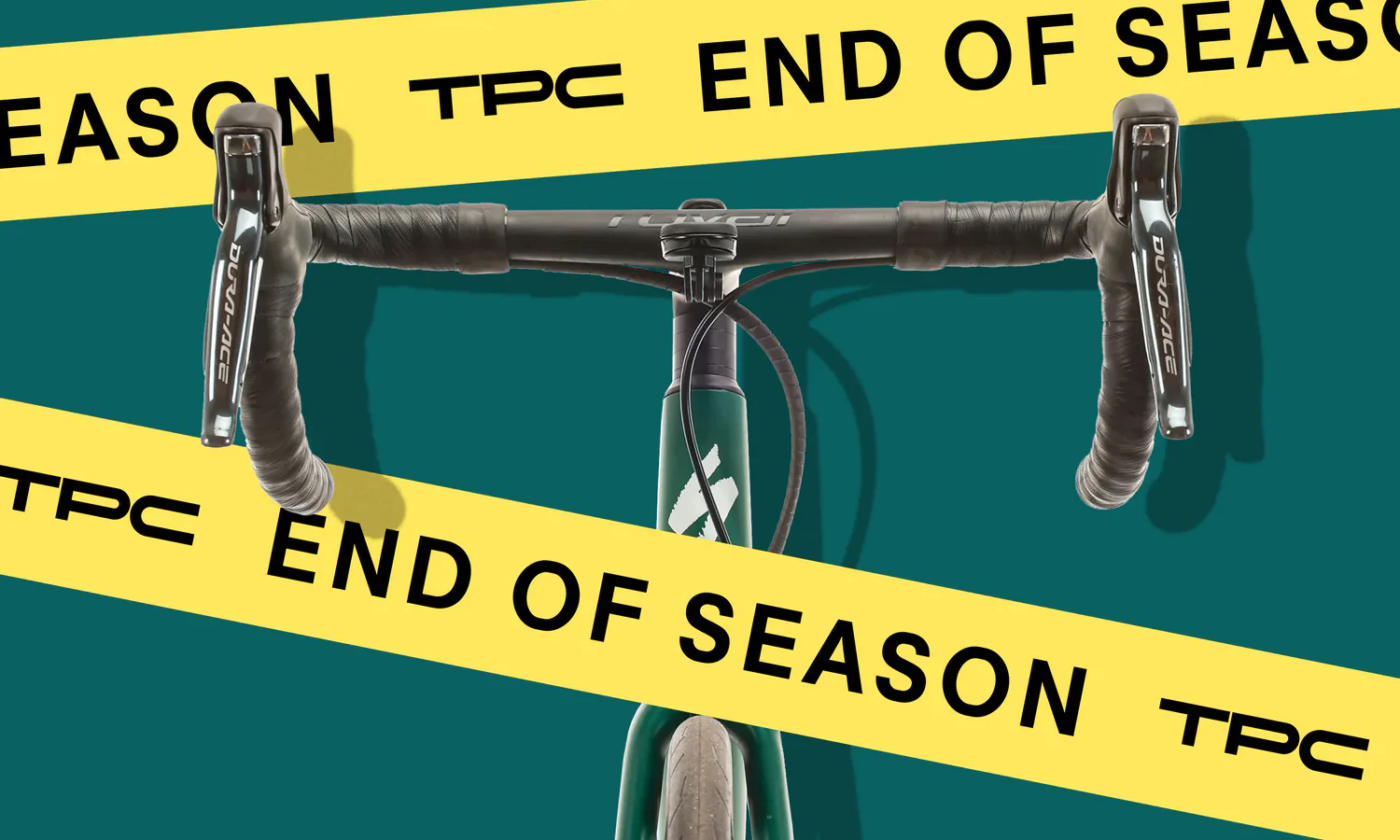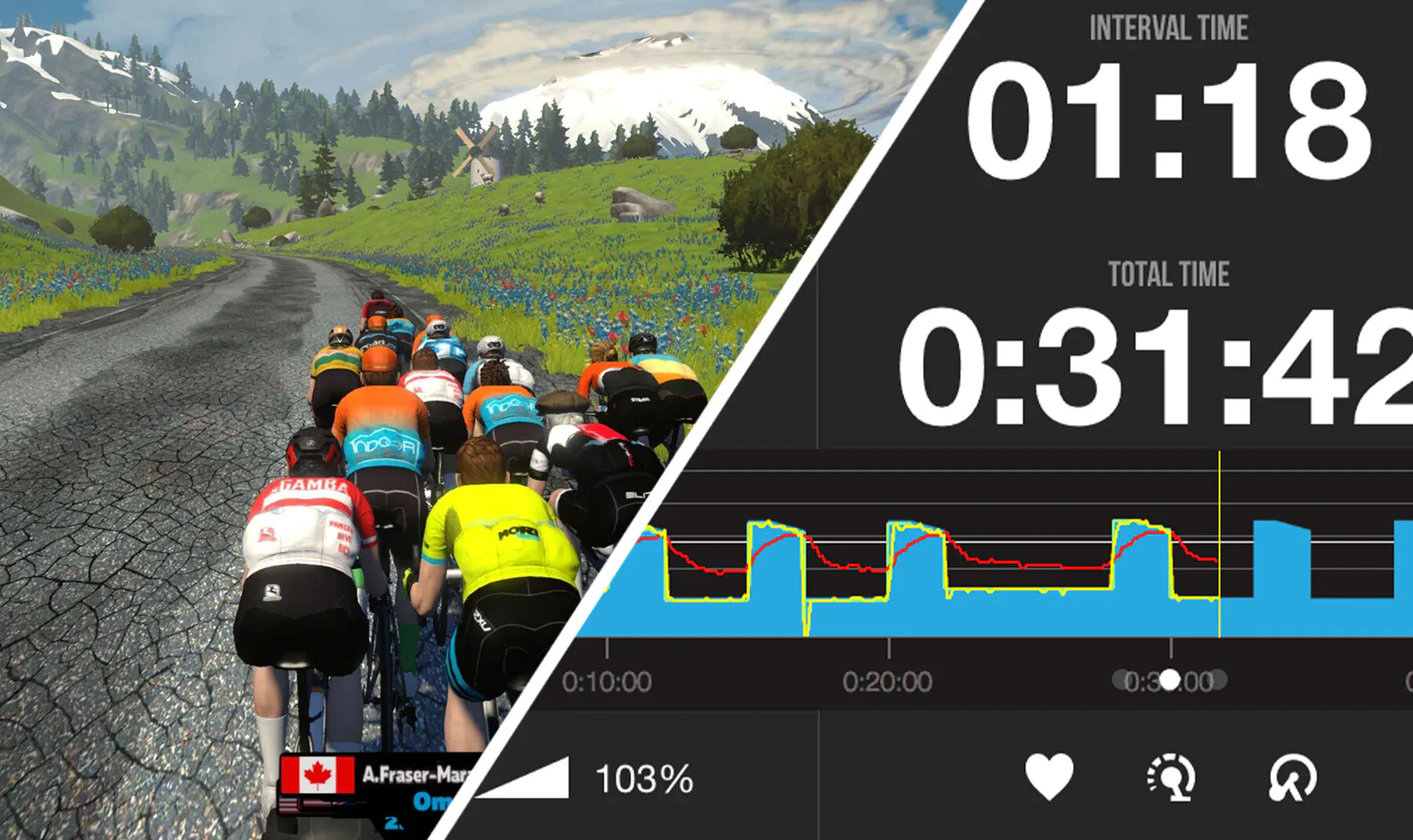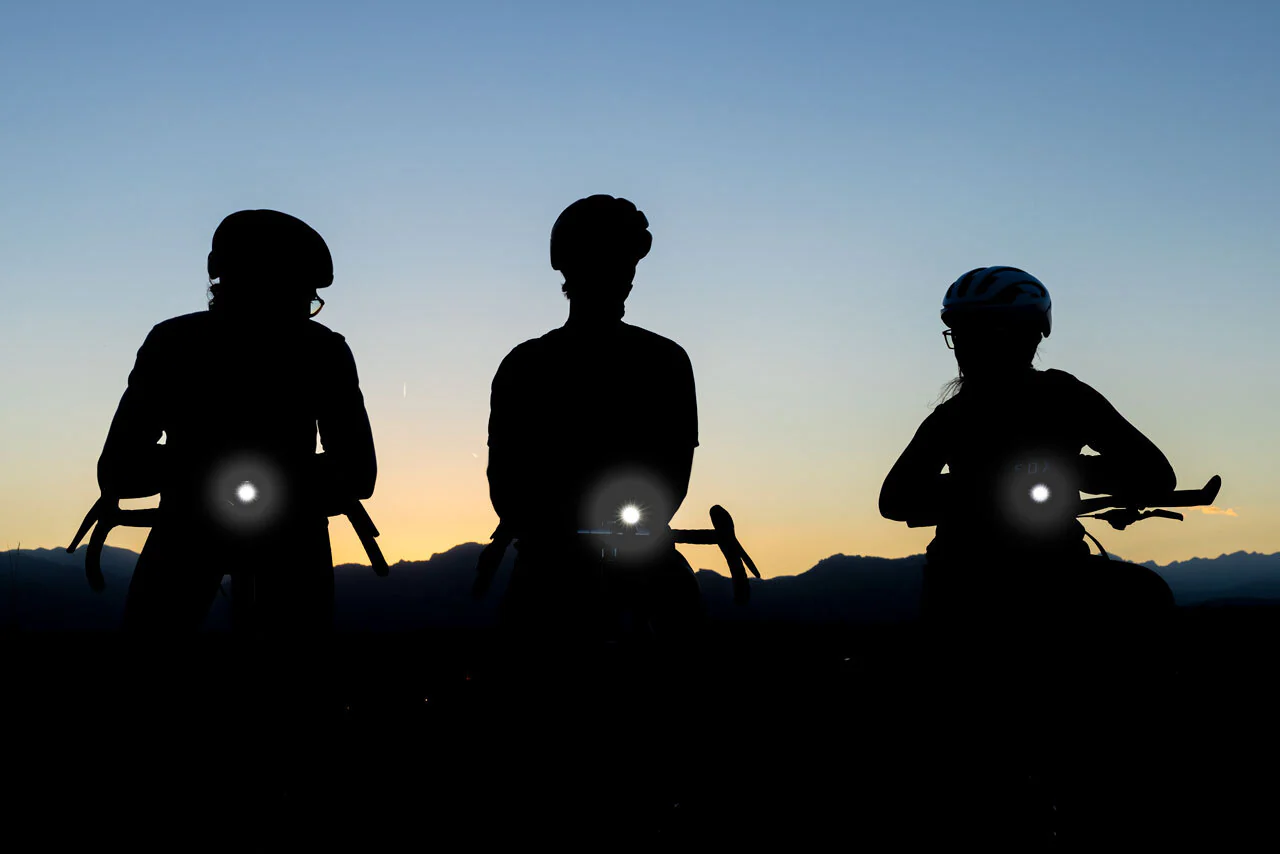Chill flow trails, gnarly enduro races, big bike park jumps — if you’re a downhill-oriented rider who wants one bike that can do it all, then a trail bike with ample travel is the answer. In this space, two of the top competitors are Yeti's new SB140 and Ibis Ripmo V2.
The latest Yeti SB140 (which is different from the discontinued 27.5” SB140) is the successor to the super capable SB130, which has been one of the most popular Yeti models for the last few years. The Ibis Ripmo V2 is the Ibis’s 29er enduro race bike which has nabbed impressive race results on the world stage.
If you’re comparing these two bikes and wondering, "Which should I buy?" Well, that’s a tough choice. That's why we're going to break down the key differences between these two rivals.
Yeti SB140 vs. Ibis Ripmo V2: Overview
|
Yeti SB140 |
Ibis Ripmo |
|
|
Frame Material |
Carbon |
Carbon |
|
Claimed Frame Weight |
7.44 lbs (Turq - Fox Float X) |
6.3 lbs (Fox Float DPX2) |
|
Bottom Bracket |
BSA - Threaded |
BSA - Threaded |
|
Wheel Size |
29” |
29” |
|
Fork Travel |
150mm |
160mm |
|
Rear Travel |
140mm |
147mm |
|
Head Angle |
65.4° |
64.9° |
|
Seat Angle |
77.5° |
77° |
|
Reach (Med) |
465mm |
460mm |
|
Stack (Med) |
617mm |
619mm |
|
Chainstay Length (Med) |
438mm |
435mm |
|
Top-spec Retail |
$10,200 (Factory - XX) |
$10,999 (Factory - XX) |
|
Entry-level Retail |
$6,000 (Performance - GX) |
$5,899 (Factory - GX/NX) |
|
Frame Retail |
$4,400 (Turq) |
$3,699 |
 The Yeti SB140 is a mid-travel trail bike that sits in the middle of Yeti’s range of full-suspension 29ers. Below it is the shorter-travel SB120 (which competes with the 120mm Ibis Ripley), while above it is the SB160, a longer-travel enduro bike that is used by Yeti’s enduro race team.
The Yeti SB140 is a mid-travel trail bike that sits in the middle of Yeti’s range of full-suspension 29ers. Below it is the shorter-travel SB120 (which competes with the 120mm Ibis Ripley), while above it is the SB160, a longer-travel enduro bike that is used by Yeti’s enduro race team.
 The Ibis Ripmo is an enduro race bike that has been used extensively by Ibis’s enduro race team. Unlike many enduro race bikes, which usually have 160-170mm of travel, the Ripmo only has 147mm of rear travel. Because of this, the Ripmo has a reputation for being one of the more efficient and trail-oriented enduro bikes on the market.
The Ibis Ripmo is an enduro race bike that has been used extensively by Ibis’s enduro race team. Unlike many enduro race bikes, which usually have 160-170mm of travel, the Ripmo only has 147mm of rear travel. Because of this, the Ripmo has a reputation for being one of the more efficient and trail-oriented enduro bikes on the market.
Many riders compare the Ripmo to the SB140 (and its predecessor, the SB130) because they are closely matched when it comes to suspension travel, weight, and geometry. The type of rider looking at these bikes might have an occasional interest in racing enduro or riding at lift-access downhill bike parks, but the majority of their rides will be everyday trail rides on terrain that can range from fast flow trails to gnarly, steep, and technical trails.
Yeti SB140 vs. Ibis Ripmo: Suspension
 The Switch Infinity lower link on the Yeti SB140.
The Switch Infinity lower link on the Yeti SB140.
Yeti and Ibis both use a twin-link-style rear suspension systems. The Yeti SB140 uses Switch Infinity. This is a system proprietary to Yeti. It uses an upper link that rotates as the suspension compresses. The lower pivot acts like the lower link on a more traditional twin link design, but it moves vertically in a straight line on a pair of stanchions built into the frame, rather than rotating.
 Ibis has used DW-Link on its full-suspension bikes for years.
Ibis has used DW-Link on its full-suspension bikes for years.
The Ibis Ripmo uses DW-Link, which is a system designed by legendary suspension designer Dave Weagle. It moves on two short co-rotating links that turn in the same direction.
Both suspension systems are designed to pedal efficiently and provide good mid-stroke support. In terms of leverage rate, the SB140 has a more linear leverage curve than the Ripmo. The SB140 has around 14% progression, while the Ripmo has around 20.8%. This doesn't matter too much with the tunability of modern air shocks, but if you’re interested in upgrading to a coil shock, it will play much better with the more progressive Ripmo than the SB140.
In terms of travel, the Ripmo has a bit more suspension travel both front and rear. However, the SB140 is compatible with longer 160mm forks, so riders can upgrade from the stock 150mm fork if they choose. The SB140 also comes in a “Lunch Ride” spec (SB140 LR), which comes with a longer 160mm fork from the factory.
Yeti SB140 vs. Ibis Ripmo: Geometry
In terms of geometry, the SB140 and Ripmo are fairly similar. Key measurements like stack, reach, and bottom bracket height are all within a few millimeters of each other, so there’s almost nothing to choose between the two. The Ibis Ripmo, however, has a slightly slacker head angle and a slightly steeper seat angle while the Yeti SB140 is a bit more conservative.
One key geometry difference is that the SB140 uses size-specific chainstay lengths. That means smaller sizes will have shorter chainstays while larger sizes will use longer chainstays. The Ripmo uses 435mm chainstays for all sizes. Short chainstays make a bike feel more agile and playful, but taller riders can struggle to feel centered when going fast on rough terrain, so many prefer longer chainstays that are more proportional to their bike’s reach.
Yeti SB140 vs. Ibis Ripmo: Climbing
Both the SB140 and Ripmo use rear suspension systems designed with ample amounts of anti-squat to provide a solid pedaling platform for efficient climbing. While climbing is not either bike’s primary focus, both climb very well.
Based on our riding impressions, the Ripmo’s DW-Link system feels slightly more efficient on smoother and more consistent climbs. The SB140's suspension feels a bit more active when pedaling and provides more traction for technical climbs.
The Ripmo is also a bit lighter, with the frame weighing nearly a pound less than the top-spec SB140 Turq frame with similar shocks. A non-Turq SB140 frame will weigh an additional 200-300 grams more. Realistically, that isn’t that much weight though, and it’s unlikely to affect how these bikes feel while climbing.
The seat angle on the Ripmo is also half a degree steeper than the SB140. Hypothetically, this positions the rider more forward over the bottom bracket, which should help riders keep the front end down and apply power on steep and technical climbs. But both bikes have seat angles that are more than steep enough for the vast majority of riders, so it shouldn’t be a major factor.
Yeti SB140 vs. Ibis Ripmo: Descending
 In terms of descending performance, the SB140 and Ripmo are fairly well-matched. Because the Ripmo has a bit more fork travel, it can be a bit more confidence-inspiring during big hits and on super gnarly terrain, but putting a 160mm fork on the SB140 or choosing the Lunch Ride spec closes the gap. In the rear, it’s hard to choose between the two. Both have suspension that works extremely well on rough terrain and big hits. Of the two, the SB140 feels slightly more plush deep in the travel, despite having 7mm less travel. That’s thanks in large part to the flatter leverage curve and the Switch Infinity suspension system.
In terms of descending performance, the SB140 and Ripmo are fairly well-matched. Because the Ripmo has a bit more fork travel, it can be a bit more confidence-inspiring during big hits and on super gnarly terrain, but putting a 160mm fork on the SB140 or choosing the Lunch Ride spec closes the gap. In the rear, it’s hard to choose between the two. Both have suspension that works extremely well on rough terrain and big hits. Of the two, the SB140 feels slightly more plush deep in the travel, despite having 7mm less travel. That’s thanks in large part to the flatter leverage curve and the Switch Infinity suspension system.
 When trails get significantly steeper and rougher though, the Ripmo has a slight edge because the head angle is just over half a degree slacker. The 65.5-degree head angle on the SB140 is still very confidence-inspiring on the same terrain, and because it’s slightly steeper, it feels slightly more agile in tight and slow corners. Again, putting a 160mm fork on the SB140 puts it more on par with the Ripmo.
When trails get significantly steeper and rougher though, the Ripmo has a slight edge because the head angle is just over half a degree slacker. The 65.5-degree head angle on the SB140 is still very confidence-inspiring on the same terrain, and because it’s slightly steeper, it feels slightly more agile in tight and slow corners. Again, putting a 160mm fork on the SB140 puts it more on par with the Ripmo.
Yeti SB140 vs. Ibis Ripmo: Specs and Pricing
Neither bike is “cheap” as they are both full-carbon frames from brand-name manufacturers.
 The SB140 frame with a Fox Float X Factory shock is $700 more than the Ripmo frame with a more expensive Fox Float X2 Factory shock. One thing to note is that the frame-only option of the SB140 is only available in the top-spec Turq frame, which is 200-300 grams lighter than Yeti’s mid-level C-Series frames. C-Series frames are only available in complete builds.
The SB140 frame with a Fox Float X Factory shock is $700 more than the Ripmo frame with a more expensive Fox Float X2 Factory shock. One thing to note is that the frame-only option of the SB140 is only available in the top-spec Turq frame, which is 200-300 grams lighter than Yeti’s mid-level C-Series frames. C-Series frames are only available in complete builds.
Yeti’s current entry-level SB140 is priced at $100 more than the current entry-level Ripmo. There is, however, a major difference in spec. The entry-level Ripmo comes with Fox Factory suspension which uses Fox’s best dampers and Kashima stanchions. The SB140 comes with Fox Performance suspension, which uses more budget dampers and black stanchions.
Both entry-level models come with SRAM’s GX Eagle mechanical drivetrain. The Ripmo, however, saves some money by using SRAM’s cheaper NX cranks, shifter, and chain, while the SB140 is a full SRAM GX build.
 Things even out, however, once we start comparing the high-end builds. At the very top, Ibis’s XX Eagle Transmission equipped Ripmo is actually $800 more than the equivalent SB140.
Things even out, however, once we start comparing the high-end builds. At the very top, Ibis’s XX Eagle Transmission equipped Ripmo is actually $800 more than the equivalent SB140.
Yeti SB140 vs. Ibis Ripmo: Which Would You Choose?
We’ve run through key differences between these two mountain bikes. Let us know which you’d choose!
Photos courtesy of Yeti Cycles and Ibis Cycles.

























